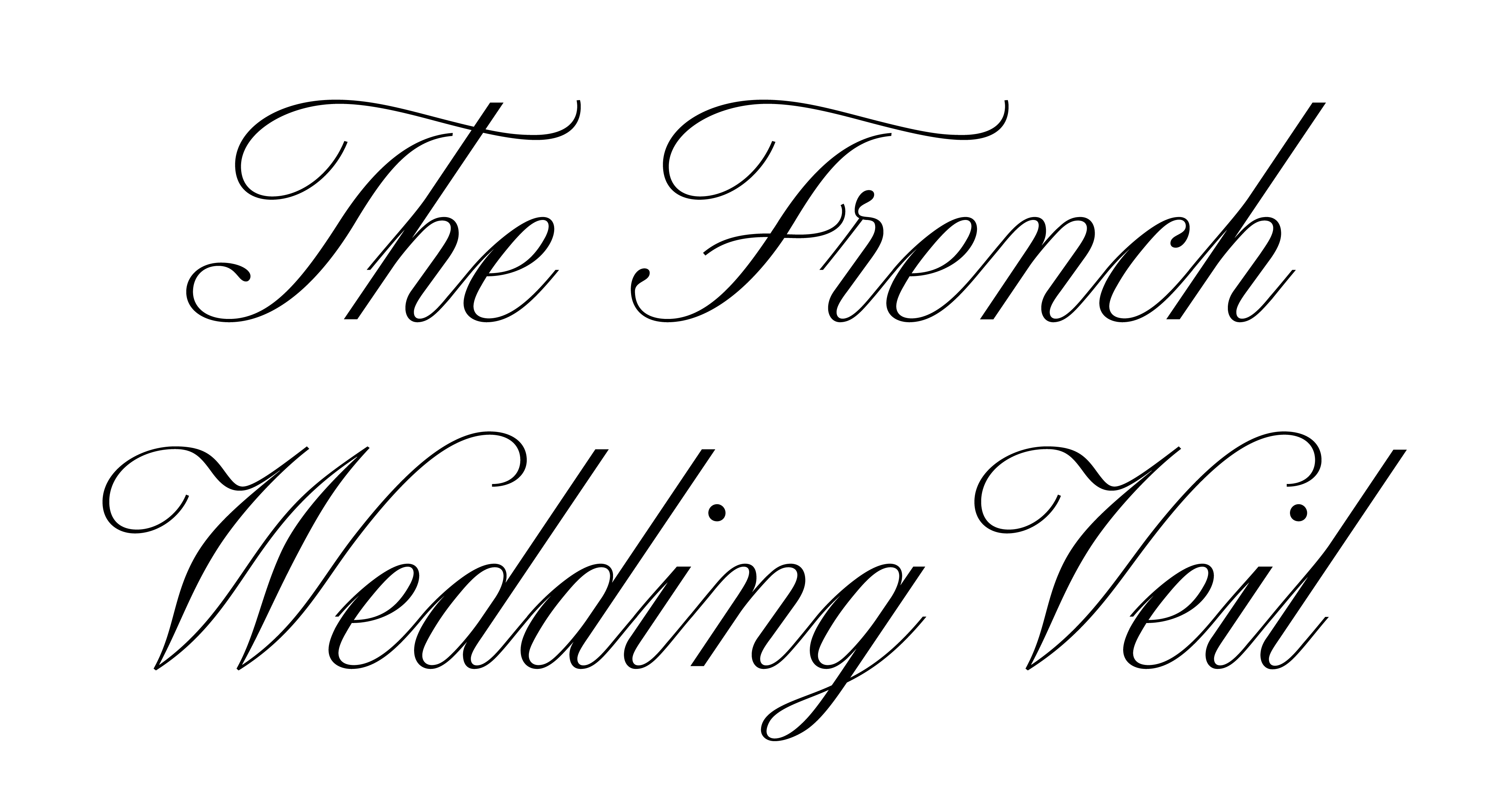The wedding veil is one of the most iconic bridal accessories. Choosing to wear a wedding veil is a timeless bridal tradition, adding elegance and symbolism to your big day. Romantic, ethereal, and symbolic, it can completely transform your look and add a touch of tradition or drama depending on the style you choose. But once you've selected your dream veil, one question remains: how do you actually wear it?
This complete guide covers how to wear a wedding veil from start to finish - including choosing the right length, matching it to your dress and hairstyle, securing it properly, and coordinating it with your accessories. Whether you're planning a modern city wedding or a timeless church ceremony, this guide has you covered.

Why Wear a Wedding Veil?
Wearing a wedding veil is more than just a fashion statement. It’s a nod to centuries-old traditions, with roots in Roman, Greek, and Christian rituals. Historically, veils symbolized the mystery of the bride. Today, they are a beautiful way to personalize your bridal look, add texture to your silhouette, and make your walk down the aisle unforgettable.
Choose the Right Veil for Your Dress and Hairstyle
Before you think about how to wear your veil, it's essential to choose a style that works in harmony with your wedding gown. A well-matched veil enhances your dress rather than competes with it. Your veil should complement your wedding dress, hairstyle, and personal style. Here’s how to choose the perfect match:
Length Matters: A birdcage veil is best for vintage or minimalist styles. A short veil or floor-length veil work with most silhouettes. Cathedral veils are perfect for minimalist dresses, as they add grandeur and detail, but they also beautifully complement more elaborate gowns by echoing their dramatic flair.
Hairstyle Consideration: Updos accommodate most veils easily, especially with combs. Loose hair pairs beautifully with lighter, single-tier veils.

Decide on the Placement
There are two popular ways to wear your veil:
Over the head (traditional style, with a blusher): The veil is placed at the crown of the head and can cover the face during the ceremony. This traditional style involves pulling a layer of the veil over your face as you walk down the aisle. It creates a soft, romantic silhouette and is often paired with higher placements at the crown of the head. The blusher is typically lifted by a loved one before or during the ceremony.
No blusher (modern style): In this more modern approach, the veil flows entirely down the back without covering the face. It can be placed high, mid-head, or low under a bun depending on your hairstyle and the look you're going for. It can also be place under the bun, placing the veil comb low on the back of the head, underneath an updo.
Your hairstyle and the design of your veil will influence this decision.
Things to Consider:
- Higher placements create more volume at the top.
- Lower placements elongate your silhouette and work beautifully with long veils.
-
Where you place the veil affects how it flows and how visible it is from the front.

Coordinate with Your Bridal Hairstyle
Your hairstyle will significantly influence how your veil is worn. Here’s how to make them work together:
- Updos: Work well with comb-attached veils. Great for securing longer, heavier veils. Ideal for both high and low veil placement.
- Half-Up Hairstyles: Allow for a secure comb grip without sacrificing the softness of loose hair. Complement mantilla veils or fingertip veils perfectly.
- Loose Hair: Lightweight veils are best. Use a veil comb with grip-enhancing teeth or ask your stylist to secure it with hidden pins.
Pro tip: Book a trial with your hairstylist and your veil to test your look ahead of time.
Secure the Veil with the Right Tools
Most veils come attached to a comb, which makes securing them easier. For a secure fit:
- Tease of backcomb the Hair: Add a bit of texture or use hairspray to help the comb grip better.
- Spray with hairspray or use a styling paste for grip.
- Insert the comb with the curve facing down (like a frown) into your hair.
- Add bobby pins: For extra hold, place crisscrossed pins over the comb.
- For heavy or layered veils, consider small hidden clips for additional support.
- Consider a hair trial: Have your stylist test different placements during your hair trial to see what works best.
If you're concerned about removing the veil later, ask your hairstylist to show a bridesmaid how to take it out without disturbing your hairstyle.

Coordinate with Your Accessories
Your veil is only one part of your bridal headwear. Make sure it complements - not competes with - your accessories.
-
Tiaras and Headbands: Often worn over the veil comb. Best with updos or half-up styles.
-
Floral Combs or Pins: Can be worn in front of or over the veil comb. A floral comb can add a romantic touch to a lace-edged veil.
-
Jewelry: If your veil is ornate, choose simple earrings and skip the necklace. For minimal veils, feel free to add a statement piece.
Make sure everything feels cohesive without overwhelming your look.
Practice Ahead of Time
Don’t wait until your wedding day to try on your veil. Practice putting it on and walking with it.
Move Around: Walk, sit, and turn to see how the veil moves.
Test the Weight: Heavier veils might need more support.
Have Help: Assign a bridesmaid or hairstylist to help place and remove the veil during the ceremony or reception.
Assign a trusted bridesmaid to be your “veil wrangler” for the day—they’ll help fluff it, place it, and remove it when the time is right.

Bonus Tips for Wearing a Veil with Confidence
Match Your Veil to the Venue: A long veil might not suit an outdoor or beach wedding.
Remove with care: If you plan to take it off after the ceremony, have your stylist show someone how to do it without disturbing your hair.
Store it properly: Use a garment bag or veil hanger to prevent wrinkles before the big day. Follow this Bridal Veil Care Guide for expert tips on cleaning, storing, and preserving your wedding veil for years to come.



